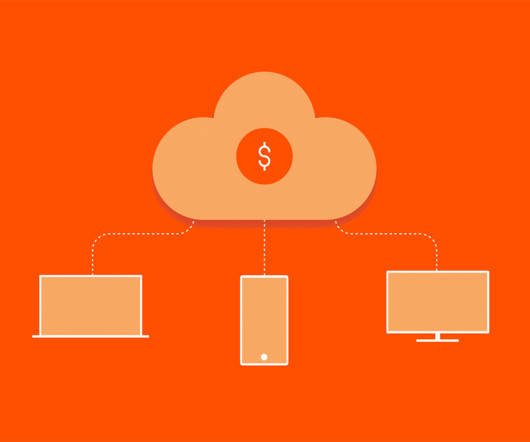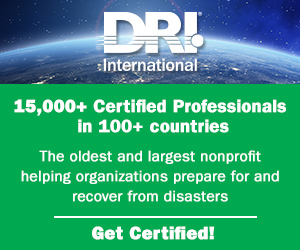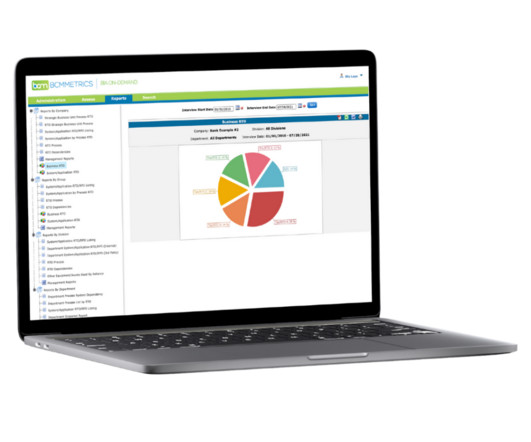What to Know About Illinois’ New Biometric Data Requirements
Security Industry Association
AUGUST 5, 2024
Key considerations and implications for security industry companies regarding the new Illinois BIPA reform proposal On Aug. 2, 2024, Illinois Gov. J.B. Pritzker signed a major Biometric Information Privacy Act (BIPA) reform into law. The reform proposal received approval back in May within the Illinois House of Representatives with a 81-30 vote, after clearing the Illinois Senate 46-13 and solidifying bipartisan support for amending the highly controversial 2008 Illinois BIPA law.























Let's personalize your content